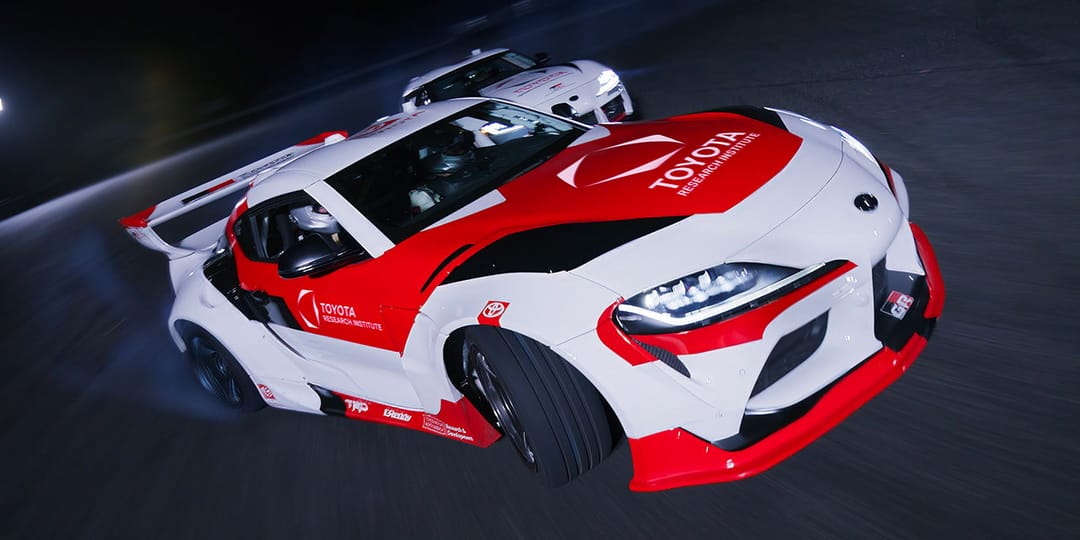
Toyota Research Institute (TRI) and Stanford Engineering have announced a groundbreaking achievement in autonomous driving: the world’s first fully autonomous tandem drift — using a pair of GR Supras. TRI notes that this significant milestone is the result of nearly seven years of collaborative research aimed at enhancing driving safety.
Avinash Balachandran, vice president of TRI’s Human Interactive Driving division, stated, “Utilizing AI, we can drift two cars in tandem autonomously. This complex motorsports maneuver’s successful automation has far-reaching implications for advanced safety systems in future vehicles.”
Chris Gerdes, a mechanical engineering professor and co-director of Stanford’s Center for Automotive Research, highlighted the practical applications of this project, stating “The physics of drifting are similar to driving on snow or ice. Our findings from this project have led to new techniques for safely controlling automated vehicles in such conditions.”
In the tandem drifting sequence, a lead car and a chase car navigate a course within inches of each other, operating at the edge of control. Using a neural network tire model, the AI learns from experience, much like an expert driver. The team conducted experiments at Thunderhill Raceway Park in California, using two modified GR Supras equipped with advanced sensors and communication systems.
“This technology can intervene precisely when needed, managing loss of control just as an expert drifter would,” added Balachandran. “Achieving this has shown us the vast potential of AI in making cars safer.”
See the autonomous tandem drift for yourself in the video below.









